
One year ago, a friend of mine told me of an Ansel Adams photo show at PEM (Peabody Essex Museum) in Salem, MA. We promptly arrived on the first Sunday in June of 2011, only to find that the show was planned for June of 2012. We had to wait an entire year!
During the intervening winter, after reading the Ansel Adams autobiography, the dream of my own photo show on a similar subject matter began. For years, I had already photographed the ocean's edge, primarily in Boston and the surrounding areas. Coincidentally, I had also planned a trip this past May to Sicily, home of my grandparents on the 100th anniversary of their emigration to the USA. My father’s ancestors were fisherman and chose Boston due to the fact that the ocean here is “full of gold” --- cod fish, that is.
My show “At the Ocean’s Edge” at the Marblehead Art Association includes 20+ of my photos of the old and new homelands as well as western USA coastal locations. The similarities and differences are striking. The photos show the majesty, strength and power of the oceans, of plush coastal seaweed, shellfish and the life sustaining natural wealth of our local oceans and the hardened Sicilian coast.
As a photo artist, I try to capture the beauty, boldness and elemental spirit of each location. In the process, it becomes clear to me why my ancestors came to, and stayed in, the USA. As America was made for them to fish, the ocean’s edges were made for me to photograph. - FG - June 2012
************
Marmotintos:
These photos were taken during the summer of 2011 while staying with a friend in Brewster MA. It was a rainy morning and there was not a lot of surf or rocks to find on this flat shallow beach. As I wandered I noticed some black and gray stains in the sand, almost like the two-dimensional remains of dead fish, seaweeds or other organic matter.
Some of these sand stains had certain calligraphic and illustrative qualities. I remembered reading about Franz Kline being influenced by Chinese calligraphy and how he made some of the world’s boldest brush stroke paintings. I also recalled being impressed by some of Aaron Siskind’s photos of similar bold strokes made by asphalt repairmen on city pavements. Since my fascination is with items found on the edge of the ocean, these sand stains were like a gift from Neptune himself.
I quickly started shooting the most interesting ones and then it began to pour. Luckily, I had a rain cover for my camera and a raincoat, so I could keep shooting despite the fury of Tlaloc, the Aztec god of rain. To my surprise, the rain spots in the sand added a welcome texture to the sand surrounding the stain. These were becoming true sand paintings in front of my eyes. Marmotintos!
To bring the concept further, I decided to print these photos on Moab Unryu paper and mount them in the Japanese style named Daku, which would allow them to stay close to the viewer so that you can feel the texture, as opposed to being framed under glass. The much more subtle-toned large image was printed on canvas to take advantage of its sandy rough quality. - FG

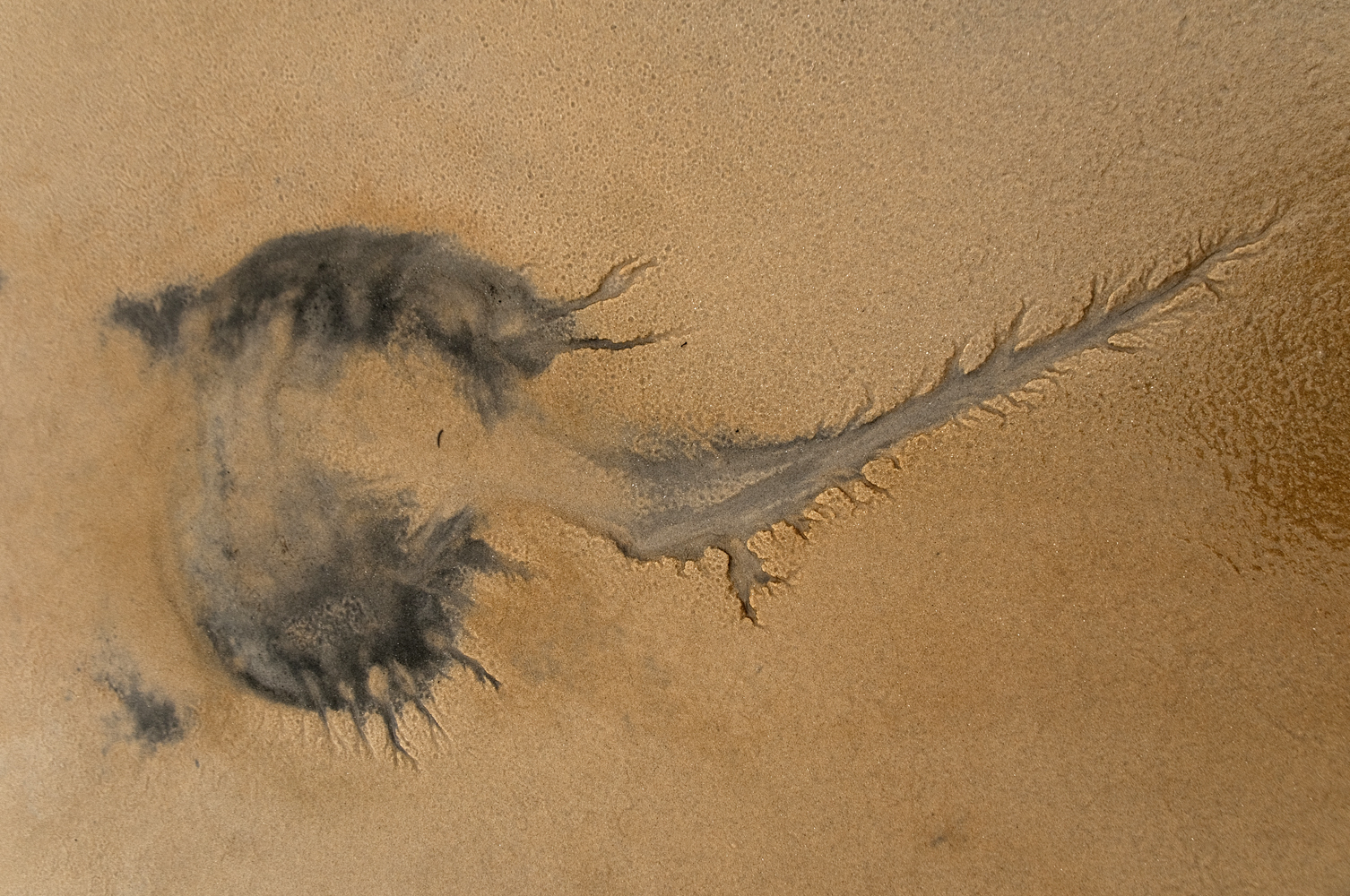

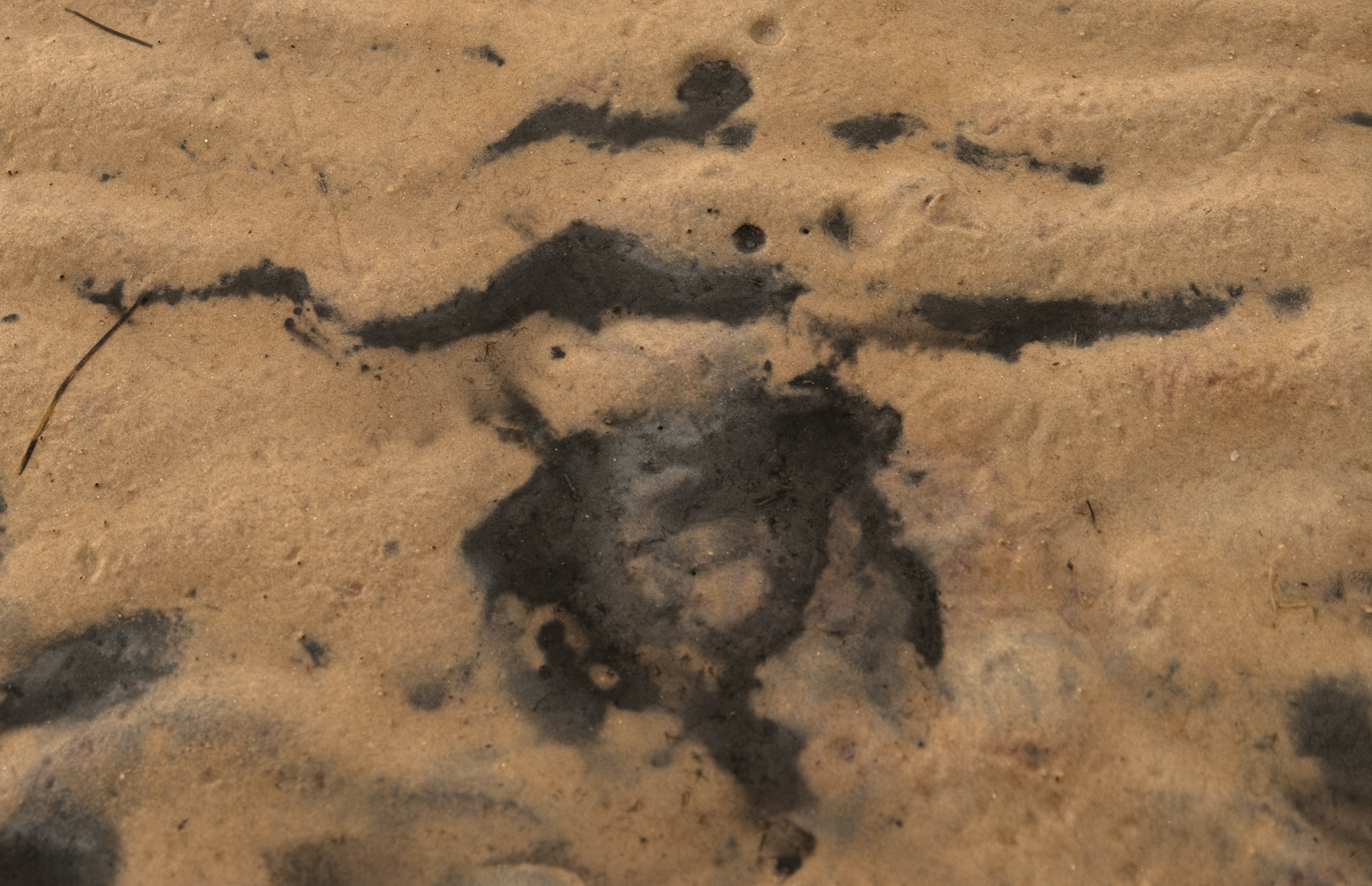
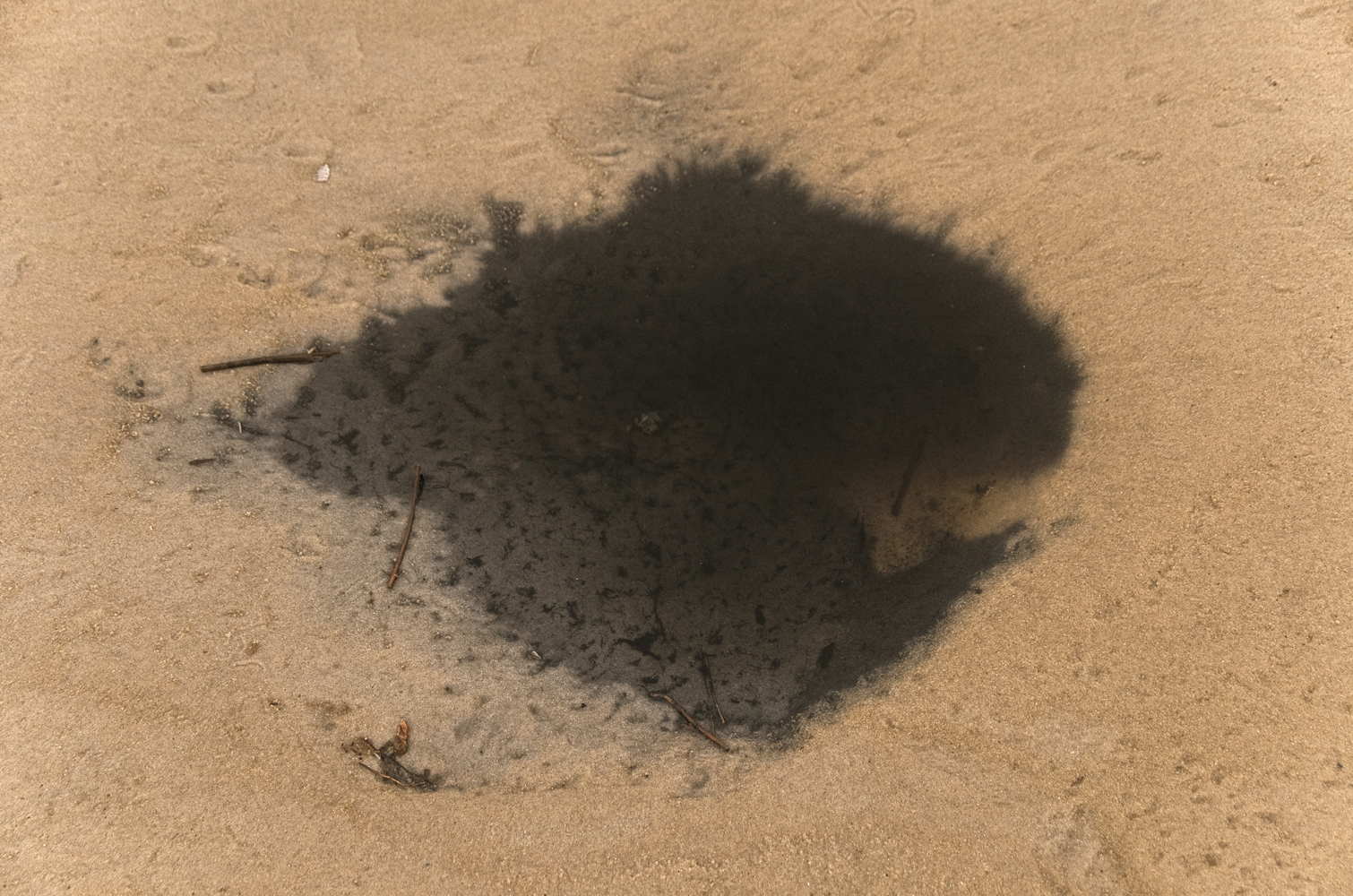

*********
Ballroom Gallery:
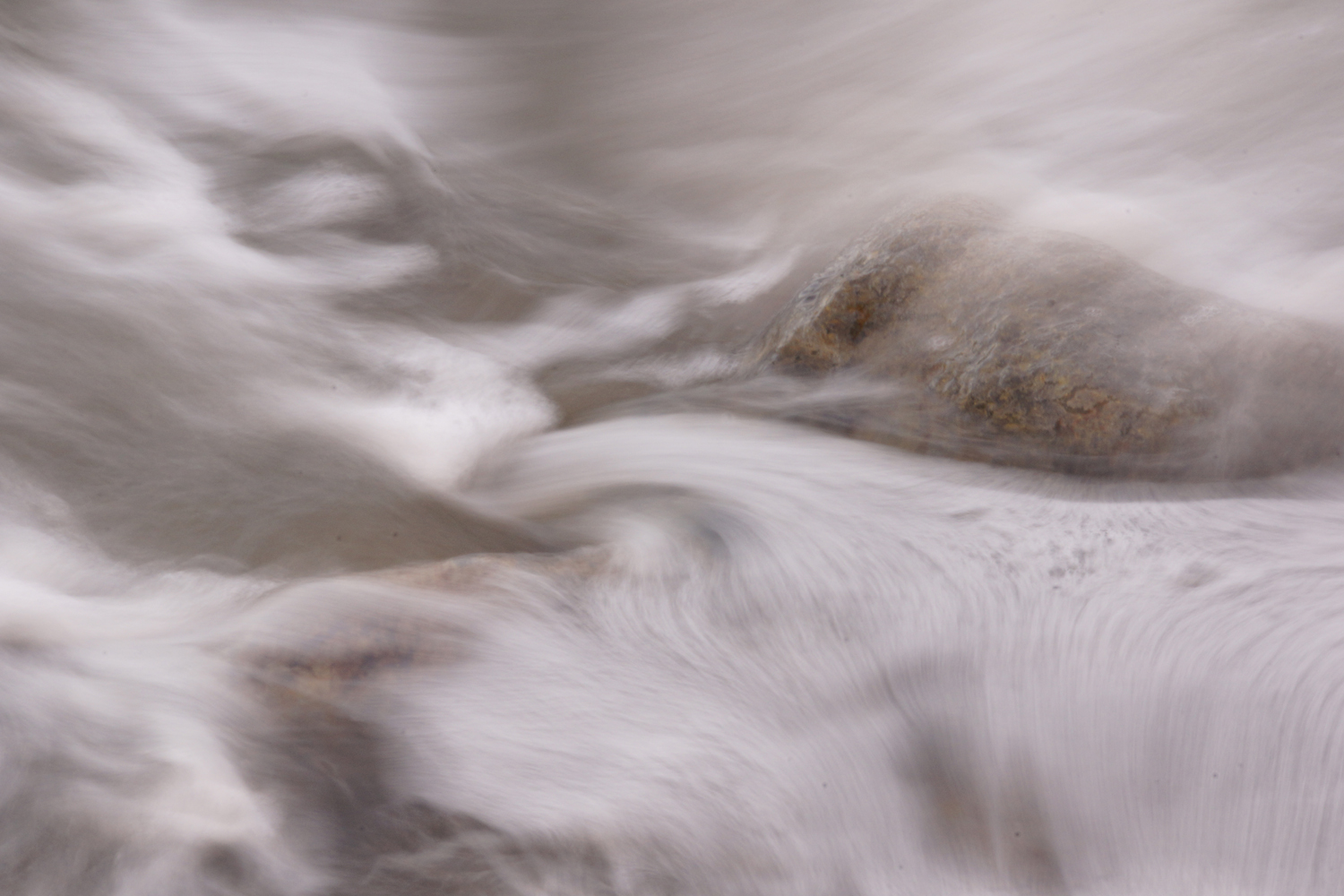

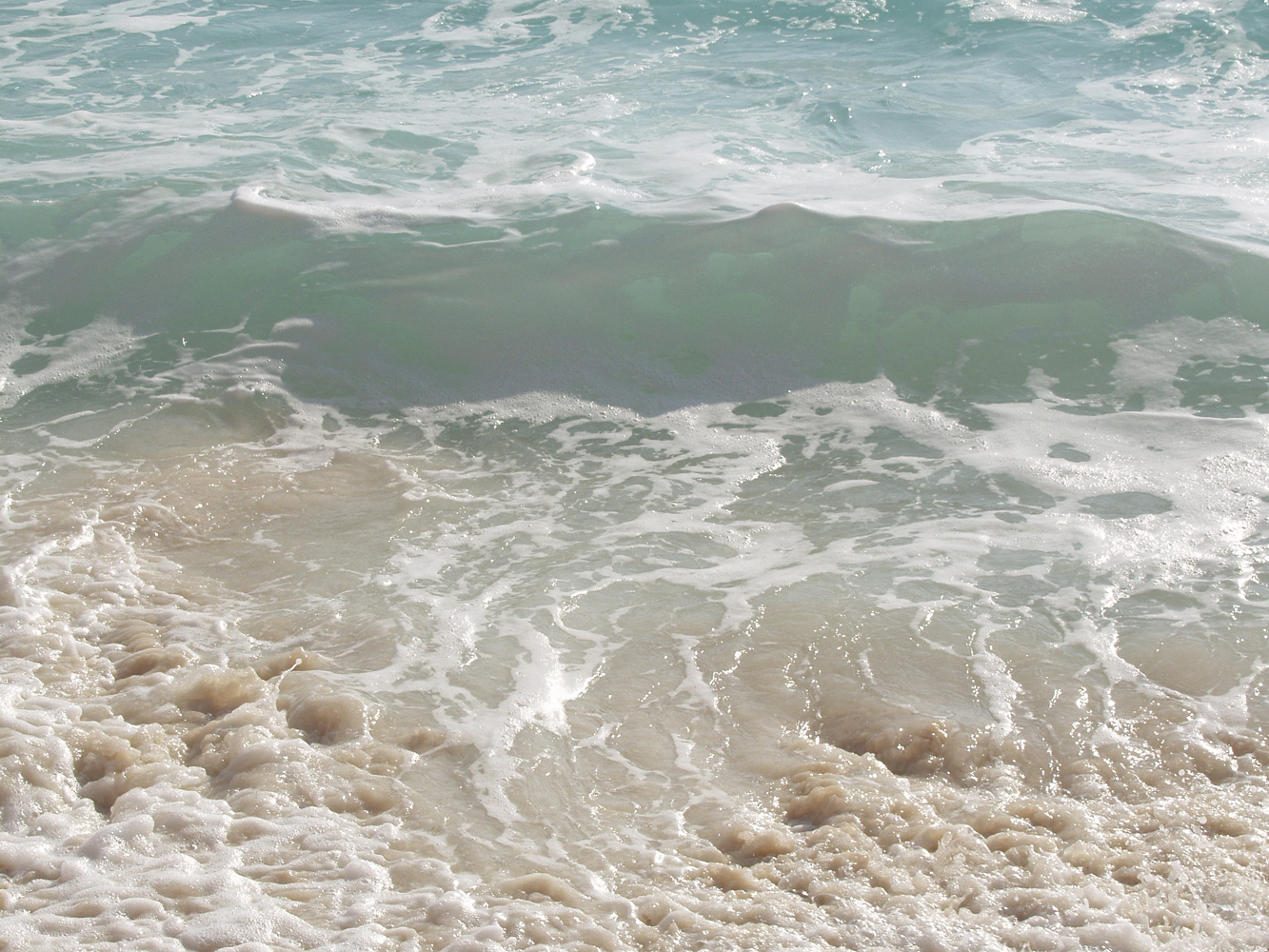
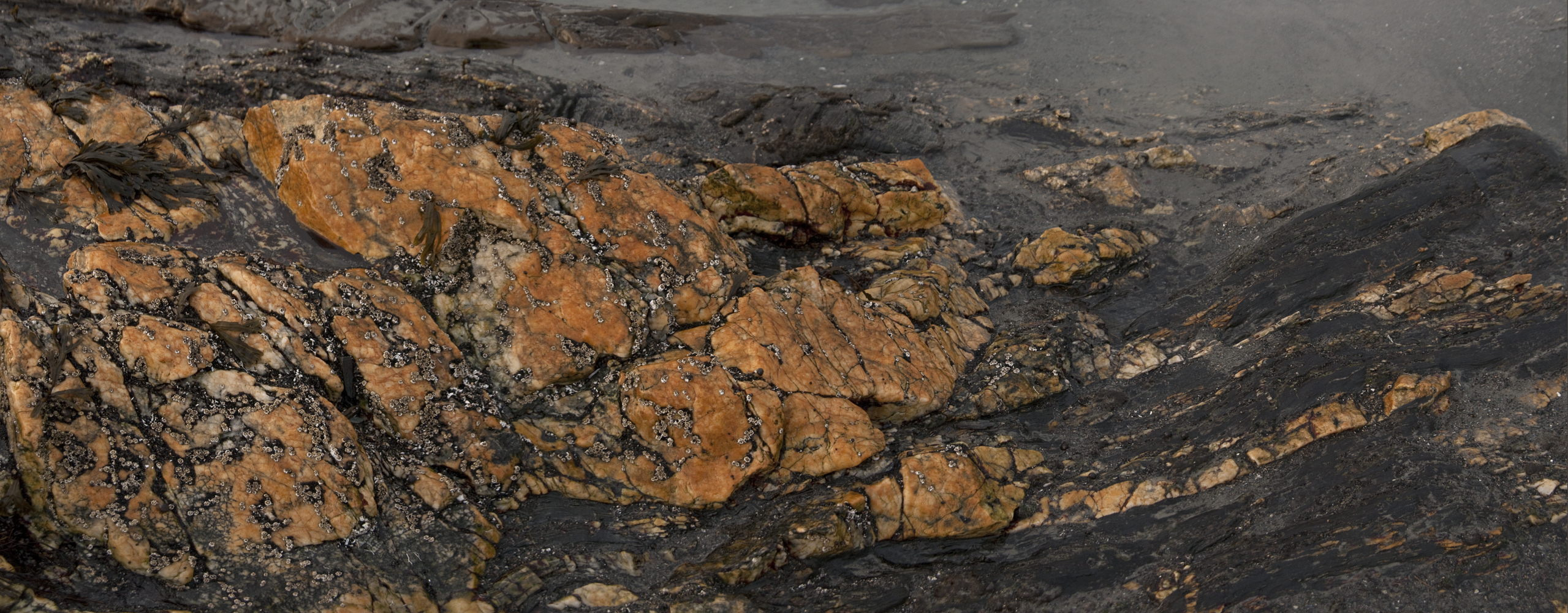







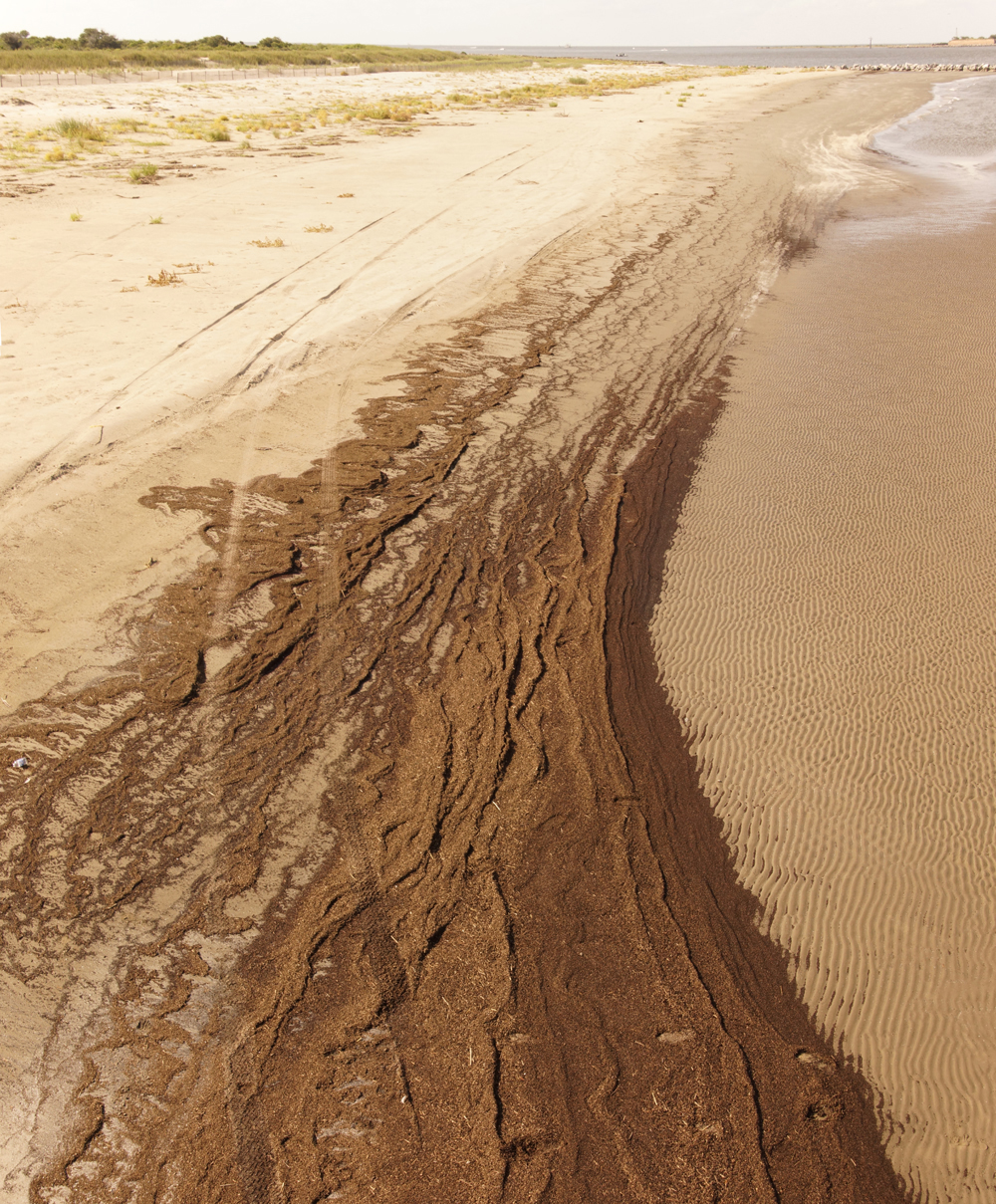




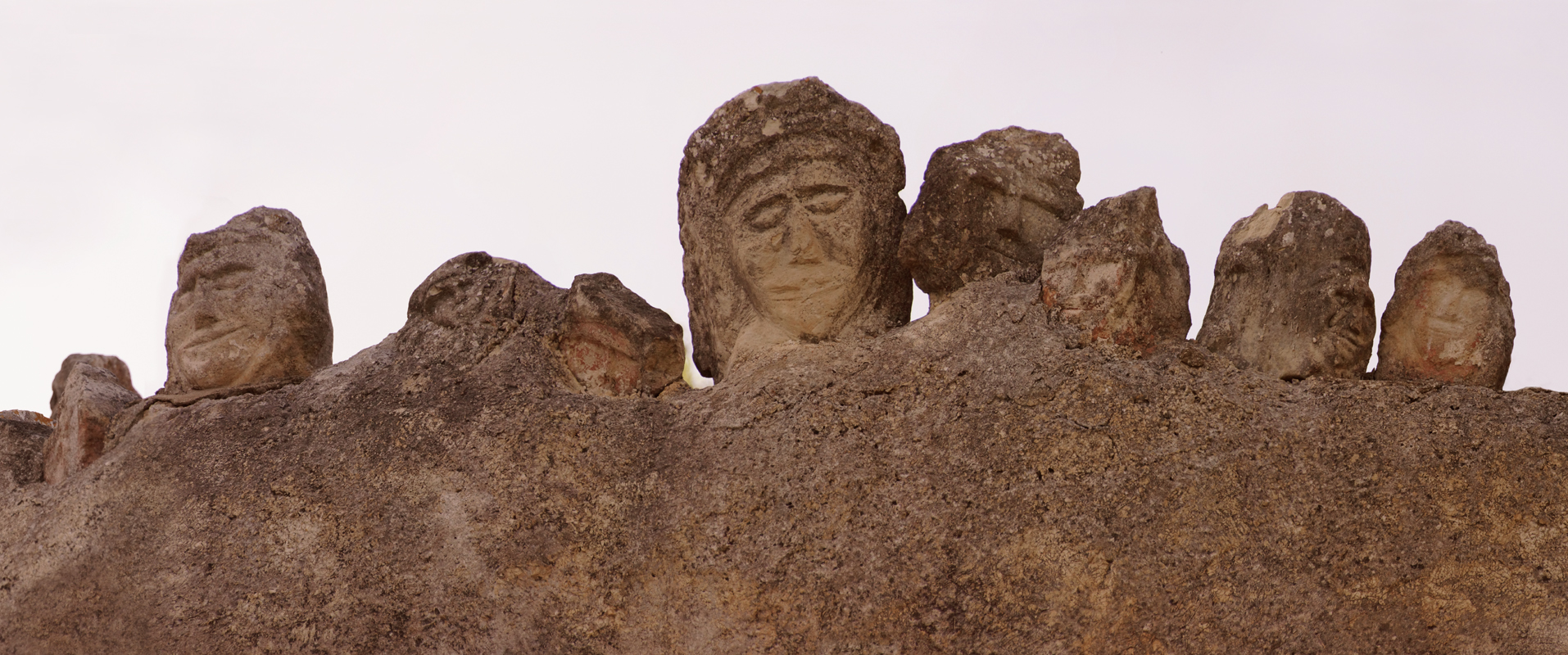

Old World and New World:
The Revere Beach Sunset photo (above) was hung in the gallery over the Sciacca Coast 360 (below) for the purpose of showing images of both the old world and new world, at the edges of their respective ocean and sea. I’ve been investigating to find more details regarding the exact characteristics of my Sicilian fishermen ancestors’ birthplace and those of the Boston coastline, which would ultimately convince them that Boston was their new home.
As you can see, the Revere Beach coastline is full of seaweeds and snails and barnacles, while the Sciacca coastline has barren rocks with very little vegetation. While this is not the case with all of Sicily, it may have been a factor in the earlier 20th century for immigrants searching for meals from nature. To see the beaches ripe with life must have been a sight for their sore and hungry eyes. The bounty of codfish, etc. in Boston harbor and beyond was the final clincher. Babaloochies, periwinkles and bacala, with a little marinara sauce and pasta, for all!
The Guardino’s had attempted to live and fish in New Orleans for a few years, but apparently the river flooding made life too difficult. Despite the large Sicilian population in Louisiana, they lived happy and productive lives in Boston. Today Sciacca-tans continue the “Fisherman’s Feast” in Boston’s North End to celebrate the gifts of the new world.
As a photographer, I find that my camera allows me to capture the magnificence, beauty and details of both worlds. The panoramas allow me to step into these worlds in both abstract and real ways. - FG


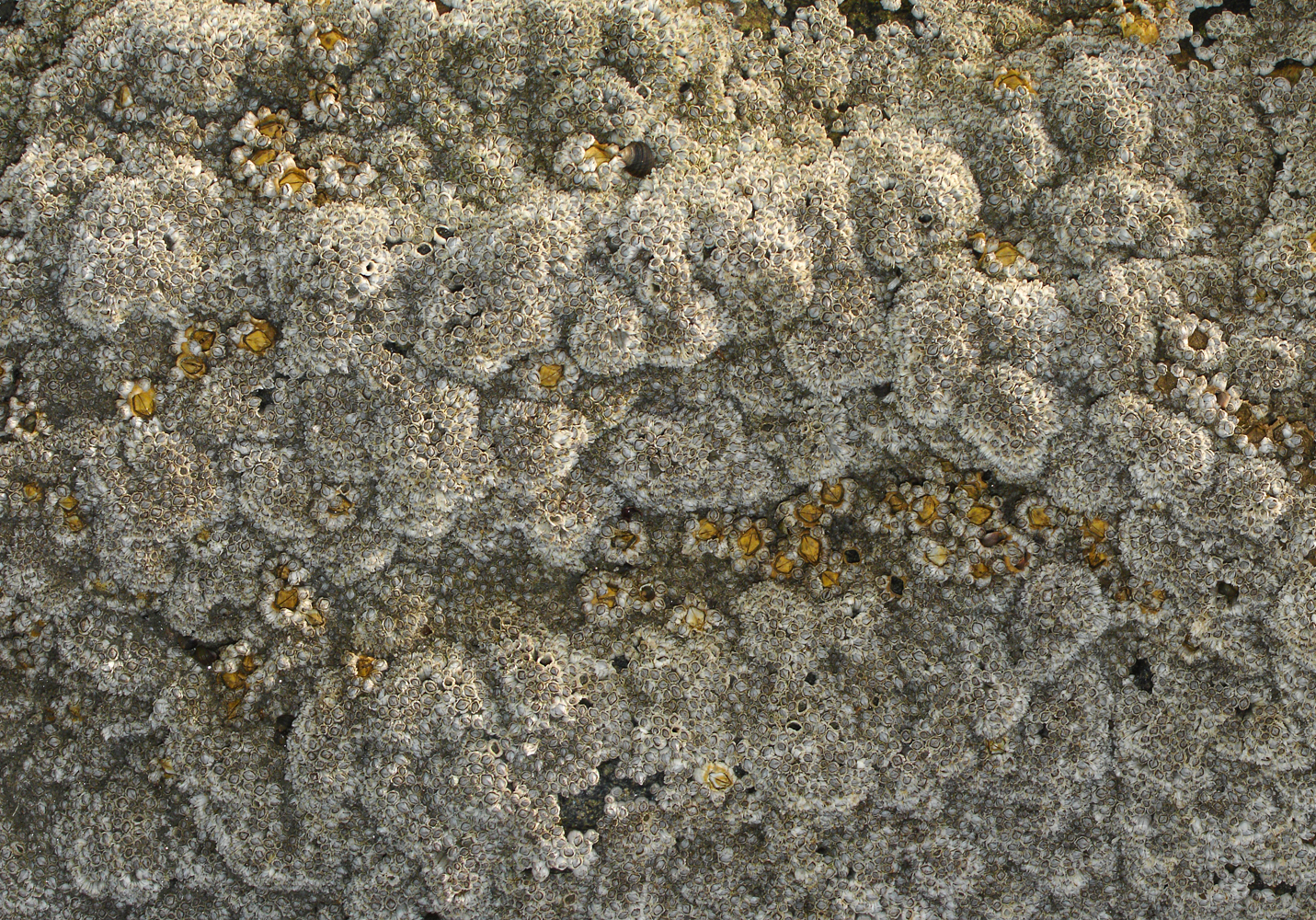



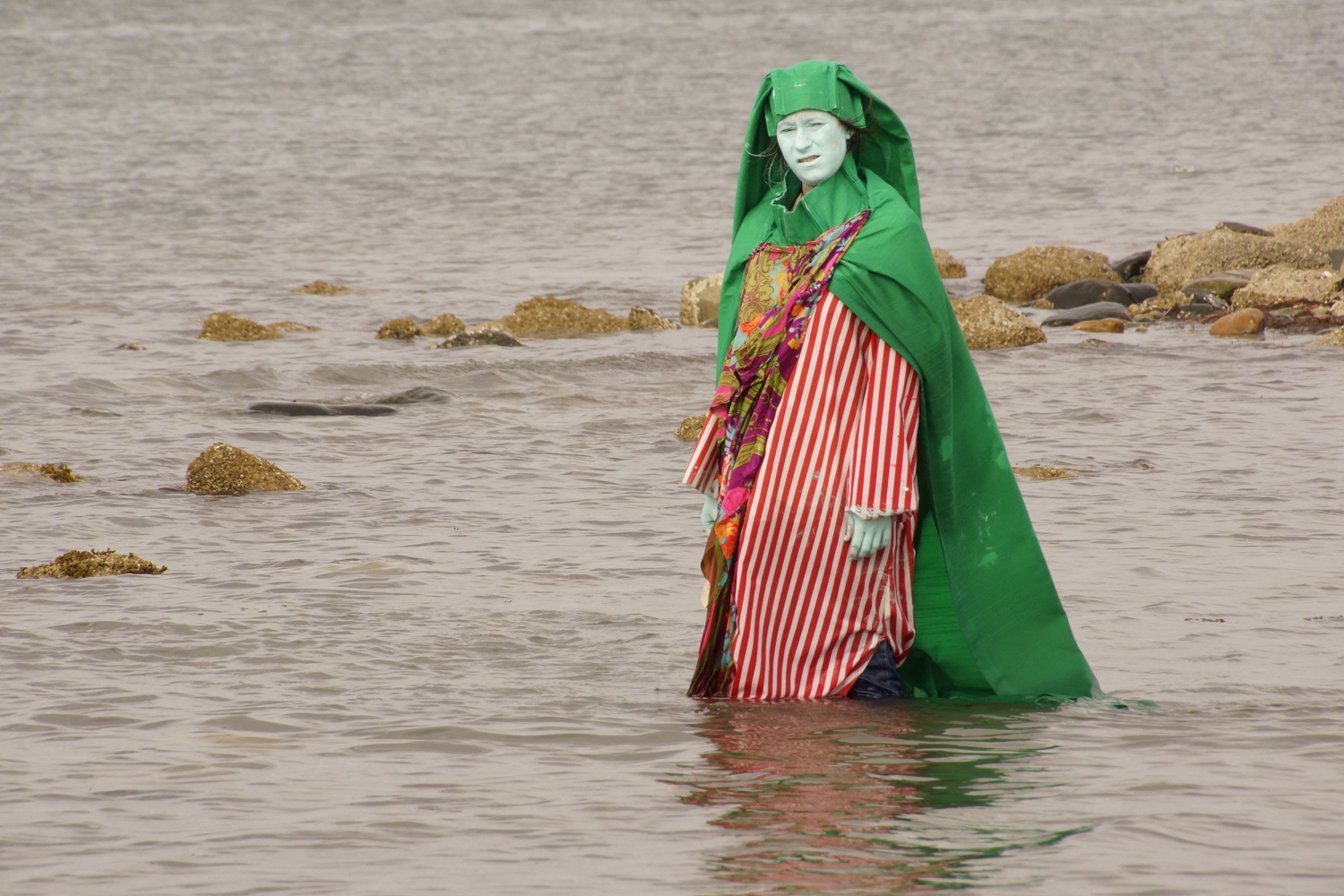
On August 31 Fran invited all to visit the southern end of Revere Beach at sunset for the “Low Sun Moon Celebration” on the occurrence of a simultaneous Low Tide, Sunset and Moonrise, which was inspired by, and the location of Fran’s 10 foot photo image “Revere Beach Sunset” that happened to be concurrently showing until August 5th in the "Off the Wall” exhibit juried by MFA’s Cody Hartley at the Danforth Museum of Art in Framingham MA.
www.frangardino.com